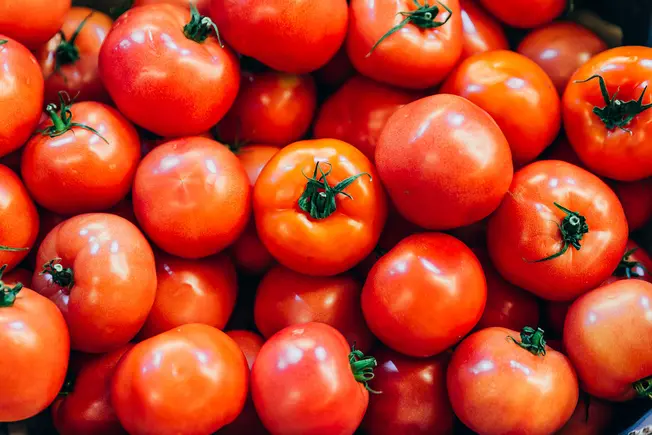
1/12
Tomatoes
Antioxidants, chemicals that help “clean up” cell-damaging molecules in your body called free radicals, come in many forms. Tomatoes are chock-full of lycopene, which is one type of a group of antioxidants called carotenoids. You’ll get plenty of it by eating raw tomatoes. But you can bump up your intake by cooking them into a sauce or eating them with a little oil.
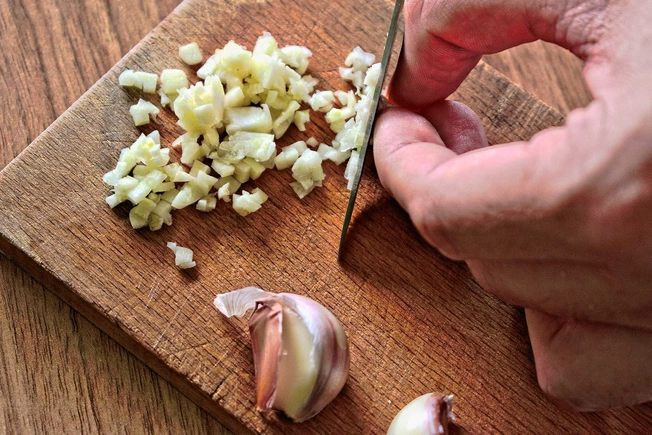
2/12
Garlic
When it comes to antioxidant power, raw garlic packs a punch. Allicin, garlic’s antioxidant workhorse, needs a few minutes to start working after you crush or chop the seasoning. Let minced garlic sit before adding it to a dish. If you plan to cook it, keep the temp below 140 F, or wait until you’re nearly done to add it to the pan. Don’t overdo it! Too much garlic can sour your stomach, breath, and body odor.
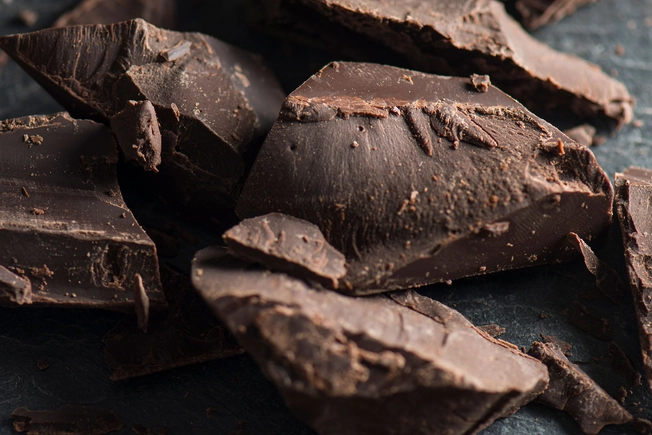
3/12
Dark Chocolate
Chocolate lovers, rejoice. Your favorite sweet treat delivers antioxidants. The key is to nosh on chocolate with a high cocoa content. Choose dark types over milk or white chocolate. Enjoy it in moderation, though. Chocolate candy is high in both fat and sugar. For a sugar-free fix, sprinkle unsweetened cocoa powder into your oatmeal or smoothie.
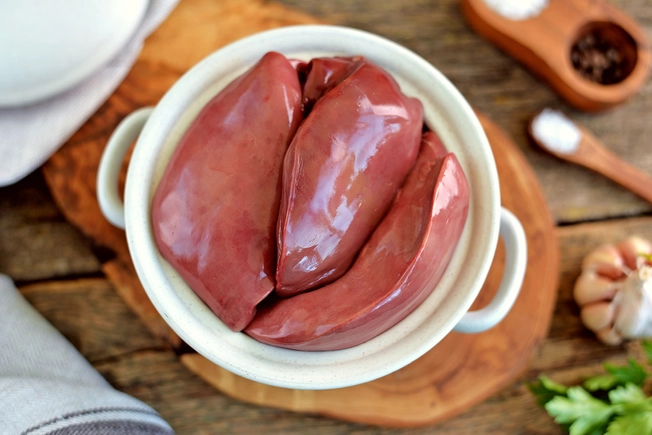
4/12
Liver
Cow, chicken, and other animal liver is rich in vitamin A, a powerful antioxidant that helps with bone health and vision, and boosts your body’s defenses against illness. If you find the taste too strong, soak it in milk before cooking or mix small pieces into ground beef for chili or tacos. But go easy if you’re pregnant or watching your cholesterol. Too much vitamin A isn’t good for growing babies. And liver is high in cholesterol.
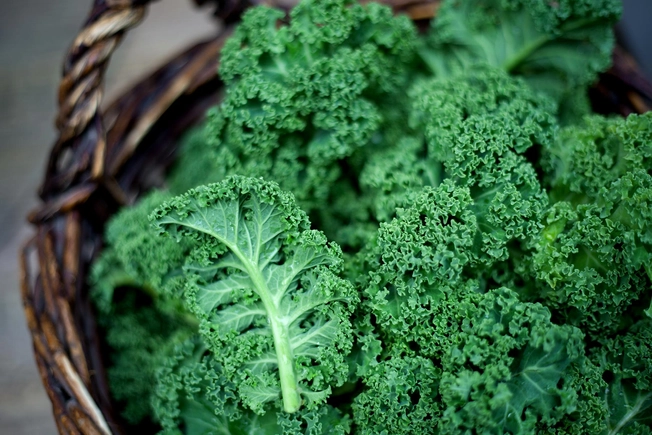
5/12
Kale
This leafy green gives you beta-carotene, vitamin E, and vitamin C, all of which are antioxidants. Toss kale in salads or blend it into smoothies to get your daily dose. You can also serve it in soups and stews or bake it into crunchy “chips.” But know that heat lowers its antioxidant power slightly.

6/12
Coffee
That morning cup of joe does more than wake you up. The antioxidants inside can help ward off cell damage. Don’t load up on cream or sugar, which add calories. To avoid caffeine overload, limit yourself to three to four 8-ounce cups a day.
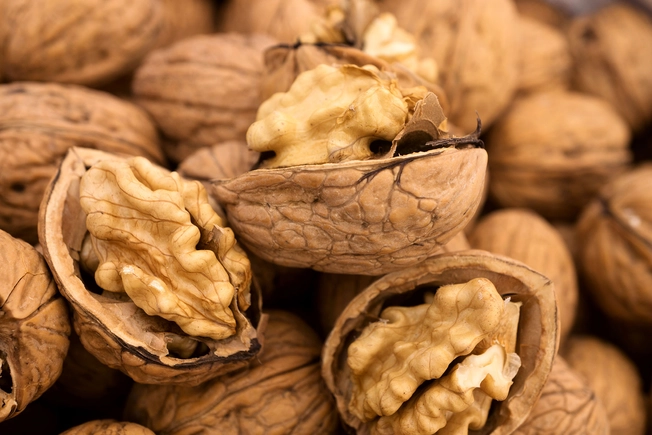
7/12
Walnuts
Compared to most other common nuts, walnuts have the most polyphenols, a type of antioxidant. You only have to eat about seven to get the health benefits. Raw is best. Roasting can keep the antioxidants from working well.
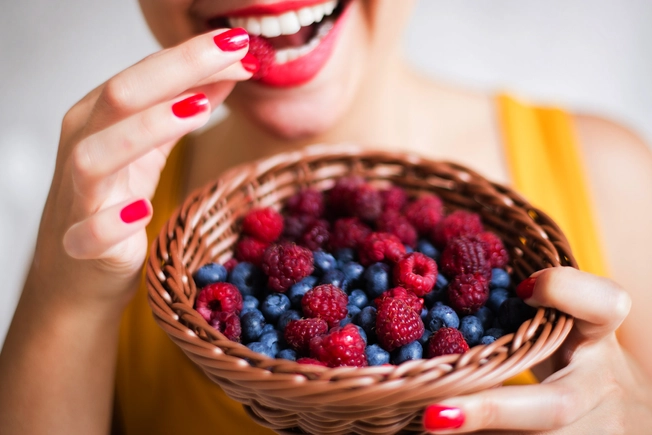
8/12
Berries
Name a berry, and it’s probably a good source of antioxidants. Blueberries, cranberries, strawberries, blackberries, raspberries, even goji berries, are all at the top of the list of antioxidant-rich fruits. Berries are low in calories and high in fiber. One cup of fresh or frozen berries a day should do you right.
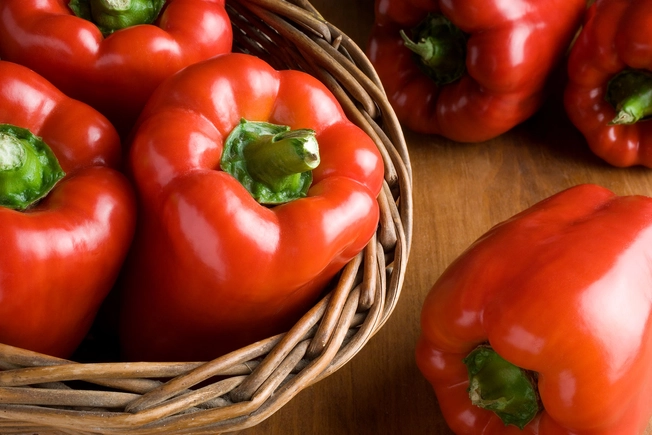
9/12
Red Pepper
Bell peppers are all good sources of antioxidants, but red peppers take the prize. They’re full of carotenoids that can help prevent certain cancers. They’re sweet enough to snack on raw, which is how they deliver their antioxidants best.
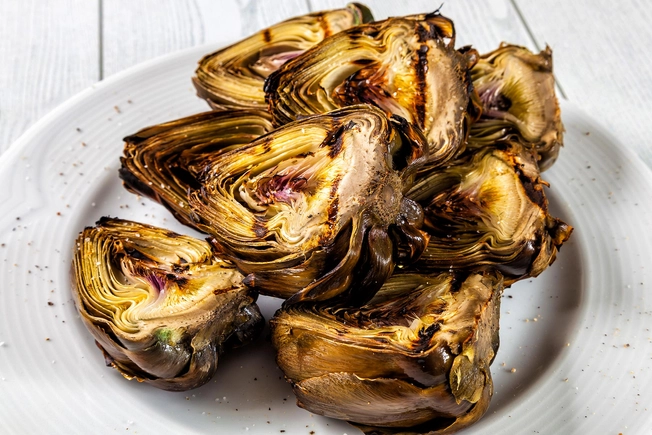
10/12
Artichokes
The U.S. Department of Agriculture ranks artichokes No. 7 on its list of antioxidant-rich foods. Unlike some other veggies, artichokes actually give you more antioxidants after you cook them. Try steaming them whole or roasting them in the oven.
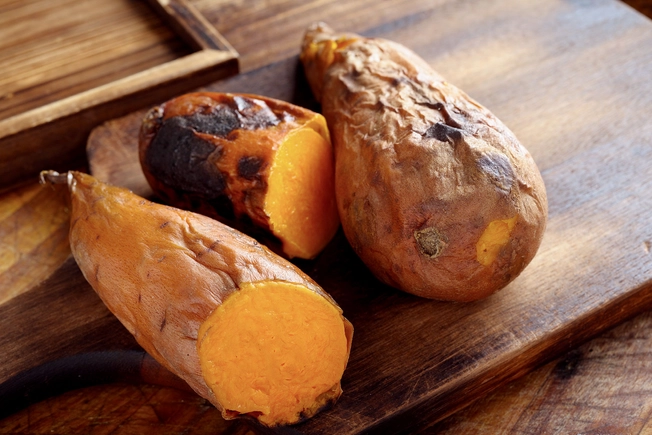
11/12
Sweet Potatoes
Sweet potatoes’ orange hue makes them a great source of beta-carotene, an antioxidant that helps ward off disease. Keep your portions sensible, since carb-filled potatoes can quickly raise your blood sugar levels. Bake or microwave with the skins on to unlock their power to fight free radicals.

12/12
Wine
A substance in red wine called resveratrol may help protect your heart by preventing damage to blood vessels. You can get the same benefit without alcohol by eating red grapes. But if a nightly glass of merlot is part of your routine, it’s nice to know it could be giving you an antioxidant boost. Just keep it to one glass if you’re a woman, or two if you’re a man.
